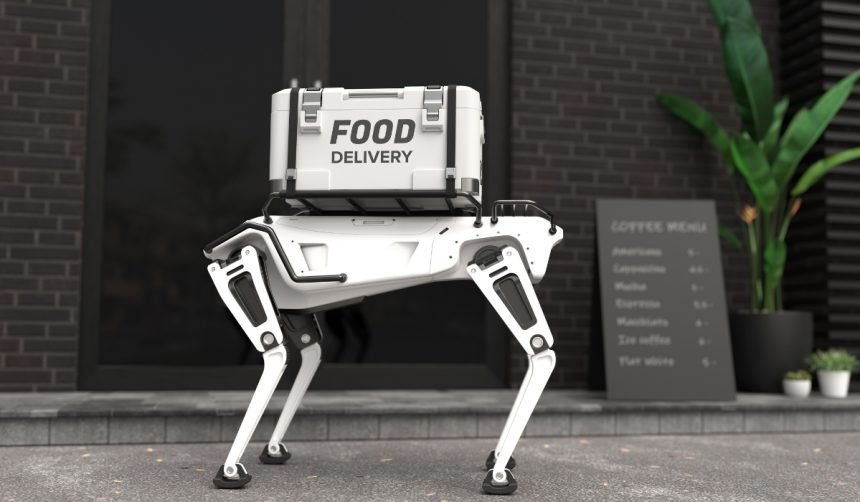Efforts to broaden access to advanced stroke treatment have taken a leap with Remedy Robotics joining Mission Thrombectomy in a strategic partnership. With acute ischemic stroke presenting urgent and often life-threatening scenarios, early intervention with advanced tools like the N1 System could determine patient recovery outcomes. The collaboration aims to utilize telerobotic technology so clinicians worldwide can bridge location gaps and treat patients with greater speed and precision. This response acknowledges the pressing need for scalable solutions as treatment access remains limited in large parts of the world. The partnership signals Remedy Robotics’ commitment to improving patient care pathways in both resource-rich and underserved regions.
Analysis of recent developments in this field points to a growing trend of innovation around remote and robotic-assisted interventions. Remedy Robotics’ recent fundraising and preliminary remote procedure milestones in Toronto indicate a string of efforts to push their AI-powered N1 System into wider adoption. Previous industry reports show both anticipation and skepticism regarding the effectiveness and integration of such systems, often mentioning competition from companies like Microbot Medical and Stereotaxis. The current step of formalizing collaboration with Mission Thrombectomy, which operates a global clinical and advocacy network, places Remedy Robotics firmly among those seeking to address gaps in care delivery through technology rather than expanding physical centers.
What does the partnership entail?
Remedy Robotics will serve as the exclusive robotics partner to Mission Thrombectomy, working directly with an international network of clinicians to test and integrate the N1 System into existing stroke-thrombectomy workflows. This partnership is expected to support joint research, clinical training, and global rollout efforts across more than 100 countries. The organizations aim to increase adoption in settings where timely access to clot removal procedures has been historically restricted.
How does the N1 System address current treatment limitations?
The N1 System utilizes remote operation and AI-powered guidance to facilitate endovascular thrombectomy procedures. Its design allows clinicians to perform life-saving interventions even when not physically present in the same hospital or region. Technologies like the N1 System could be important for reaching patients in rural or low-resource areas, where less than 1% of the population currently accesses such therapies without substantial delay.
What goals are set for patient access and clinical outcomes?
The collaboration aspires to make effective stroke treatment more widely available, regardless of patient location. By combining Mission Thrombectomy’s advocacy and clinical network with the N1 System’s remote capabilities, the groups intend to close the gap where only one-third of Americans and even fewer globally can receive timely thrombectomy.
“No patient’s chance of recovery should depend on their ZIP code,”
stated Dr. Fawaz Al-Mufti, Global Chair of Mission Thrombectomy, emphasizing the collective focus on equity. Remedy Robotics CEO Dr. David Bell commented,
“Working with Mission Thrombectomy’s world-class clinicians and global network, we will make endovascular thrombectomy safer and more equitably accessible to patients across the U.S. and the world.”
Remote endovascular surgery remains a developing field, with regulatory, technical, and training challenges still ahead. For stroke, where every minute of delay can mean greater disability, technologies that cut the distance between physician and patient may shift treatment paradigms. Readers considering the progress of robotics in healthcare should weigh speed of response, infrastructure needs, training standards, and evidence of improved outcomes. Expansion of the N1 System and similar technologies could encourage more equitable treatment access but will require continued collaboration, validation, and adaptation for regional differences in healthcare delivery.










